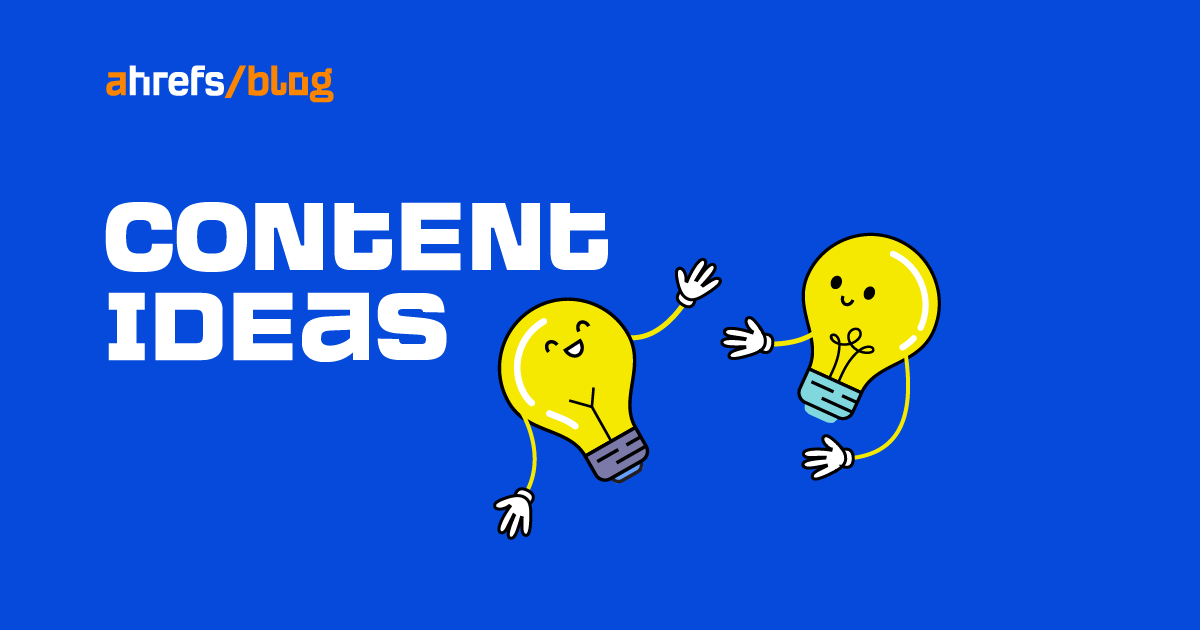SEO in the Martech Stack: How Tech Decisions Can Impact SEO via @sejournal, @TaylorDanRW
Organizations typically are a mixture of orientations that impact all aspects of the business from operations, finance, and marketing and sales functions. This also means it can influence the marketing technology stack, and subsequently, these decisions can impact the...

Organizations typically are a mixture of orientations that impact all aspects of the business from operations, finance, and marketing and sales functions.
This also means it can influence the marketing technology stack, and subsequently, these decisions can impact the performance of marketing channels, including SEO.
When organizations determine the technologies they want to use to build their stack, there are several different objectives and criteria that stakeholders look to satisfy.
Regardless of a stakeholder’s objectives, the overall objective is for the Martech stack to significantly contribute to the success and performance of the business, either directly or indirectly.
This happens directly through acting as a vehicle to drive customer acquisition and conversion or indirectly as a mechanism to improve operational performances.
What Is A Martech Stack?
A marketing technology stack (Martech stack) is the collective noun for an organization group of software, hardware, and tools purchased (or utilized) by the business to monitor and improve marketing performance, monitor and enable sales activities, and improve other business functions such as speed of order fulfillment through to errorless payment gateways.
Typical Martech stacks are compromised of software and technology designed to achieve different tasks and objectives such as:
Data analytics tools (warehousing, visualization) CRMs Teamwork and project management tools (JIRA, Trello) Payment gateways & order fulfillment/dispatchAnecdotally most Martech decisions are led by engineering and infrastructure teams, but influenced by marketing, sales, community, and C-level.
So why is this important to SEO?
A lot of these decisions impact SEO, or potential SEO performance, so it is important that given the opportunity to contribute to these discussions, we do. We must ask the right questions and put forward the right arguments to make the case for, and make the business aware of, the potential impact on SEO performance.
CMOs (and organizations) typically engage with SEOs to achieve one or more of the following objectives:
To improve organic search visibility for business-relevant non-branded queries at various stages of the decision funnel. To improve the stability and visibility of desired messaging for branded queries. To work with other departments within the business and improve the user experience and conversion rate of the website for all web traffic.Not all of the Martech stack will impact SEO performance, and not all arguments are worth having.
If an organization utilizes Salesforce CRM and the tooling is firmly established, moving to Salesforce Commerce Cloud or Experience Cloud as a website platform isn’t likely going to be a decision you will be able to influence – but is one you need to be aware to ensure things like the SEO migration and out-of-the-gate strategy are geared for success.
When Can Martech Decisions Impact SEO?
So how can the Martech stack impact SEO?
Let’s take a look at some common situations in which the business might make Martech decisions that could impact SEO either positively or negatively.
Integrations With Sales CRMs & CRM Led Decision-Making
Sales-oriented organizations tend to base a large number of their technology decision-making around improving sales enablement.
As a result, you see website technologies closely tied to sales CRMs, such as Salesforce and Hubspot.
While both of these are good platforms, websites designed with too much of the influence coming from the sales orientation are often designed to try and funnel a user to completing a sales action, such as downloading a marketing asset, completing a contact form, or requesting a demo as soon as possible.
This direct funnel approach to page templates, and content, doesn’t always create the best environment for organic search. Whilst the pages are hyperfocused on user conversion, they don’t always hold the value proposition and messaging that search engines are looking to rank for all queries.
The conflict you find here with heavy sales orientation is that the client will want these conversion pages to rank for all the high search volume queries, regardless of the funnel stage.
Being able to influence and highlight the need for content and a user experience that caters for and helps satisfy the different reasons as to why a user visits your website (not only just to get in touch) is vital to long-term organic success.
C-Level Led Platform Decisions
In an ideal world, CMOs and CTOs work together to identify and fill gaps in the Martech stack, prioritizing customer-centric technologies that act as enablers to marketing, sales, and operations functions.
Most CMOs/CTOs have their preferred suite of tools and platforms, and they build their playbooks that they take when they move roles, and some of these plays have stack dependencies.
Another time this can happen is when an organization gets a new CMO or Marketing Director, and at their previous company, they’ve used another platform or technology.
In the SaaS space, I see this happen a lot with new CMOs and CTOs wanting to champion a form of headless or React/Nuxt website build in place of the incumbent technology, and similarly, in ecommerce I see this happen a lot when a CMO or CTO inherits a stack they’re not familiar with, and will prefer familiarly regardless of how the existing platform is performing.
Depending on the size of the organization these changes vary in terms of overall disruption. For example, moving from a performant established Salesforce Commerce Cloud build to a Shopify build will bring with it changes in CRM, order management, and development team (who will need to get used to the business), but from an SEO perspective, a forced change in URL structures and other dynamic onsite elements, as Shopify doesn’t have Einstein or Lightning.
As well as highlighting the change variables that will impact SEO performance – and their associated short and long-term risks – this is also an opportunity to utilize SEO data to inform the new site build architecture and use data (to try to ensure) the new stack meets the needs of marketing teams and your audience.
Adopting Technologies For Competitive Advantage
There is also the drive for businesses to continuously identify and adopt emerging technologies to find a competitive advantage over their competition. A 2019 Gartner study found that 68% of CTOs actively invest in emerging technologies to gain a competitive edge.
Outside of personal preference, CMOs/CTOs also decide to make these changes for product, financial, and operational reasons.
Where this is the case, whilst the marketing (and SEO) variables are heavily considered, there is generally an overriding attitude that marketing is the most adaptable and innovative stakeholder in this mix.
Technologies For UX & Legal Compliance
Many website page load and speed issues are caused by third-party tools and software, and these are typically tools for user experience monitoring and AB testing.
Organizations may deploy these technologies in ways that slow down site loading times, negatively affect user experience, and potentially violate data privacy regulations.
From experience, a lot of issues with these tools will be picked up early into an SEO partnership through a baseline technical overview, and once resolved the problem is solved.
But when the business is looking to introduce these tools, SEOs must be consulted as part of the implementation and deployment process.
Outside of UX and AB testing tools, issues can also be caused by the implementation of cookie consent banners and other accessibility tools. With the European Accessibility Act coming into force in 2025, we’re likely going to see these sorts of issues on the rise as organizations adopt third-party accessibility tools.
As these tools often introduce and load scripts, outside of degrading page load speeds, in some instances, the implementations can cause the <head> to close prematurely or create infinite internal linking traps.
Educating stakeholders on best practices for integrating these tools is crucial to maintaining optimal website performance and adhering to consent requirements.
How SEO Can Influence Martech Decisions
While SEO is just one marketing channel, it could be argued its success is the most influenced by the technology decisions that a business makes.
Acknowledging that the stack significantly impacts SEO, a large number of decisions are still made independently of the SEO (and marketing) teams.
Mostly all businesses take elements of each different orientation to be successful, and this means maximizing customer experience. SEO can provide key data that offers insights into the user journey and how users interact and discover the website.
Arming CMOs and CTOs with the foresight and knowledge that these decisions could negatively impact the performance of what could be their biggest traffic-driving channel.
More resources:
Enterprise SEO Reporting: Tips For Developing Effective Dashboards 5 Key Enterprise SEO And AI Trends For 2024 5 Key Enterprise SEO Priorities CMOs Need To Get RightFeatured Image: Gorodenkoff/Shutterstock

 Fransebas
Fransebas 
























.jpg)







